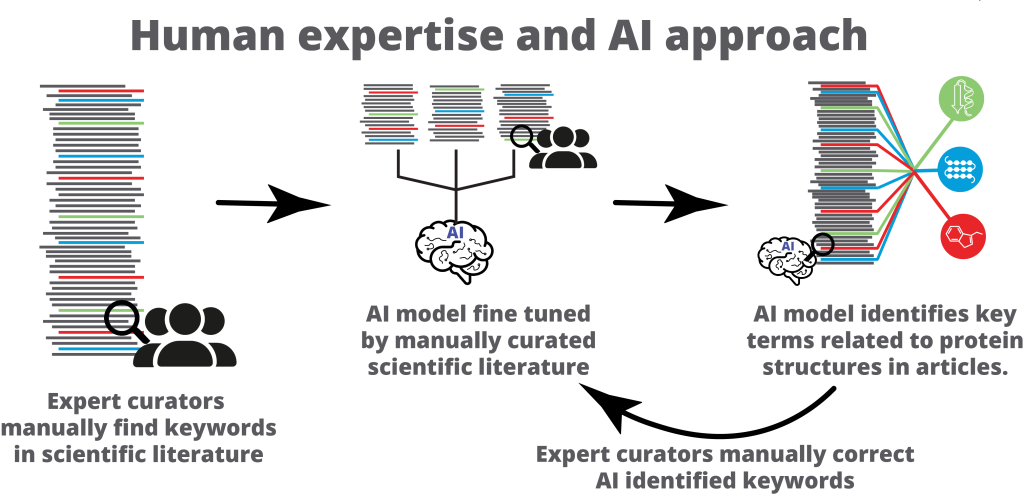
I asked ChatGPT a very simple question: A man needs to cross a river. He has a goat with him, which he needs to take across. The boat is big enough to carry the man and only one other object.

I asked ChatGPT a very simple question: A man needs to cross a river. He has a goat with him, which he needs to take across. The boat is big enough to carry the man and only one other object.

How a novel machine learning system is bridging the gap between advanced models and expert insights to accelerate protein research Proteins are essential molecules with many critical roles in the body. Determining a protein’s 3D structure helps scientists understand its functions within cells. This is crucial for advances in biology, medicine, and drug design.

The 8th World Congress on Research Integrity (WCRI) took place in Athens, Greece from 1st-5th June. GigaScience Press are regular attendees of this conference, and this year our organisation was represented by GigaScience Editor-in-Chief Scott Edmunds, Executive Editor Nicole Nogoy, and Data Scientist Chris Armit.

I know this is hardly news any more, but here is a particularly spectacular example of a Large Language model (“artificial intelligence”) making mistake after mistake.

A novel compression technique ensuring comparable performance with 70% less parameters Author Amanda Kau ( ORCID : 0009–0004–4949–9284) Introduction The sizes of large language models (LLMs) have been steadily increasing over the last few years.

Enhancing Data Interactivity with LLMs and Neo4j Knowledge Graphs Author Wenyi Pi ( ORCID : 0009–0002–2884–2771) Introduction Since OpenAI launched ChatGPT, a large language model (LLM) based chatbot, in 2023, it has set off a technological wave.

Enoch’s Hammer of Luddite fame, at the Tolson Memorial Museum. I gave a talk at the Pint of Science Festival – an international science festival that takes places at local pubs and cafes across the world – this evening.

Author Dhruv Gupta ( ORCID : 0009–0004–7109–5403) Introduction Large Language Models (LLMs) have become the new face of Natural language processing (NLP). With their generative power and ability to comprehend human language, the human reliance on these models is increasing every day. However, the LLMs have been known to hallucinate and thus produce wrong outputs.

Automated Knowledge Graph Construction with Large Language Models — Part 2 Harvesting the Power and Knowledge of Large Language Models Author Amanda Kau ( ORCID : 0009–0004–4949–9284 ) Introduction Knowledge graphs (KGs) are a structured representation of data in a graphical format, in which entities are represented by nodes and are connected by edges representing relationships

Understanding the Evolutionary Journey of LLMs Author Wenyi Pi ( ORCID : 0009–0002–2884–2771) Introduction When we talk about large language models (LLMs), we are actually referring to a type of advanced software that can communicate in a human-like manner. These models have the amazing ability to understand complex contexts and generate content that is coherent and has a human feel.